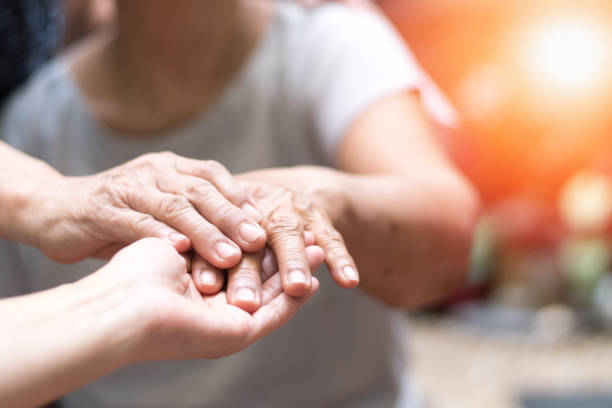What is Parkinson’s Disease?
In this book, Dr. Rebecca Gilbert, the APDA’s Chief Scientific Officer, addresses some of the most pressing and timely topics related to Parkinson’s disease. She offers practical insights and tips for everyday living with Parkinson’s. She also discusses the latest research and developments. Learn more about the main cause of Parkinson’s disease, and get the facts to live a better life with this condition.
What is the main cause of Parkinson’s disease?
There is no single cause of Parkinson’s disease, but scientists believe that environmental factors and genetics both play a role. Some industries, including farming, expose workers to chemicals that are linked to the disease. Another possibility is a serious head injury. If this happens, a person may lose the ability to think, move, or remember.
The main symptoms of Parkinson’s disease include a stooped posture and slow movement. Other signs of the disease include shortened steps while walking, decreased arm movement, and difficulty turning. People with this condition may also blink less frequently, which is a sign of diminished facial muscle control. This facial weakness can be accompanied by a mask-like facial expression called hypomimia.
Can Parkinson’s disease be cured?
Currently, there is no cure for Parkinson’s disease. However, there are ways to treat symptoms and lessen the damage to the brain. Treatment options for the disease depend on the stage of the disease and individual circumstances. While there is no known cure, advances are being made in research, medication, and other methods.
Surgery can help some people with Parkinson’s disease. Neurosurgery is a complex procedure and is only considered if medications are no longer controlling symptoms or the patient is unable to function. Additionally, not all patients are candidates for surgery because of other comorbidities. In order to improve motor function, patients are usually prescribed a medication that will help them regain their mobility. While this is not a permanent cure, it is a better option than no treatment at all.
In addition to medication, many people can make lifestyle changes that will help them cope with the symptoms of Parkinson’s disease. Some doctors recommend regular aerobic exercise. This can improve blood circulation, relieve symptoms, and improve quality of life. During the early stages of the disease, lifestyle changes can help reduce the disease’s progression.
What are 3 symptoms of Parkinson’s disease?
One of the most common symptoms of Parkinson’s disease is a hunched posture. In addition, a person’s gait may be slower and their arms may move less frequently. They may have difficulty speaking and may even have trouble blinking. Another early symptom of Parkinson’s disease is reduced facial muscle control. Another symptom is an inability to move your bowels easily.
Parkinson’s disease is a progressive degenerative disorder of the brain that causes slow and uncontrollable movements. Symptoms usually start slowly and become more severe over time. People may also experience decreased muscle tone, depression, difficulty with memory, and fatigue.
How long can you live with Parkinson’s?
Parkinson’s disease is a progressive neurological disorder, and its symptoms vary from person to person. Although no two cases are alike, it does seem that most people develop at least one symptom of this condition during their lifetime. These symptoms may come and go gradually, but they usually get worse over time. If you are experiencing any of these symptoms, your doctor may recommend medication.
The progression of the disease is determined by several factors, including age and overall health. Early diagnosis and appropriate medical treatment can extend a person’s lifespan and improve his or her quality of life. Some people diagnosed in their early stages of the disease can still perform most tasks without a problem, and may even have a normal life expectancy.



